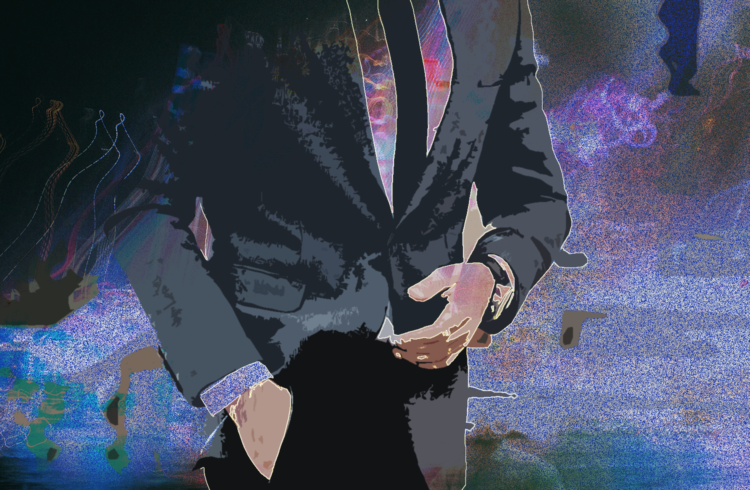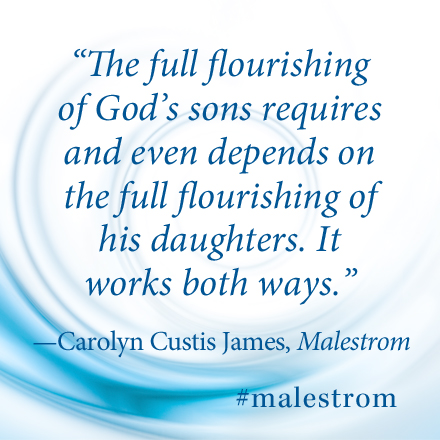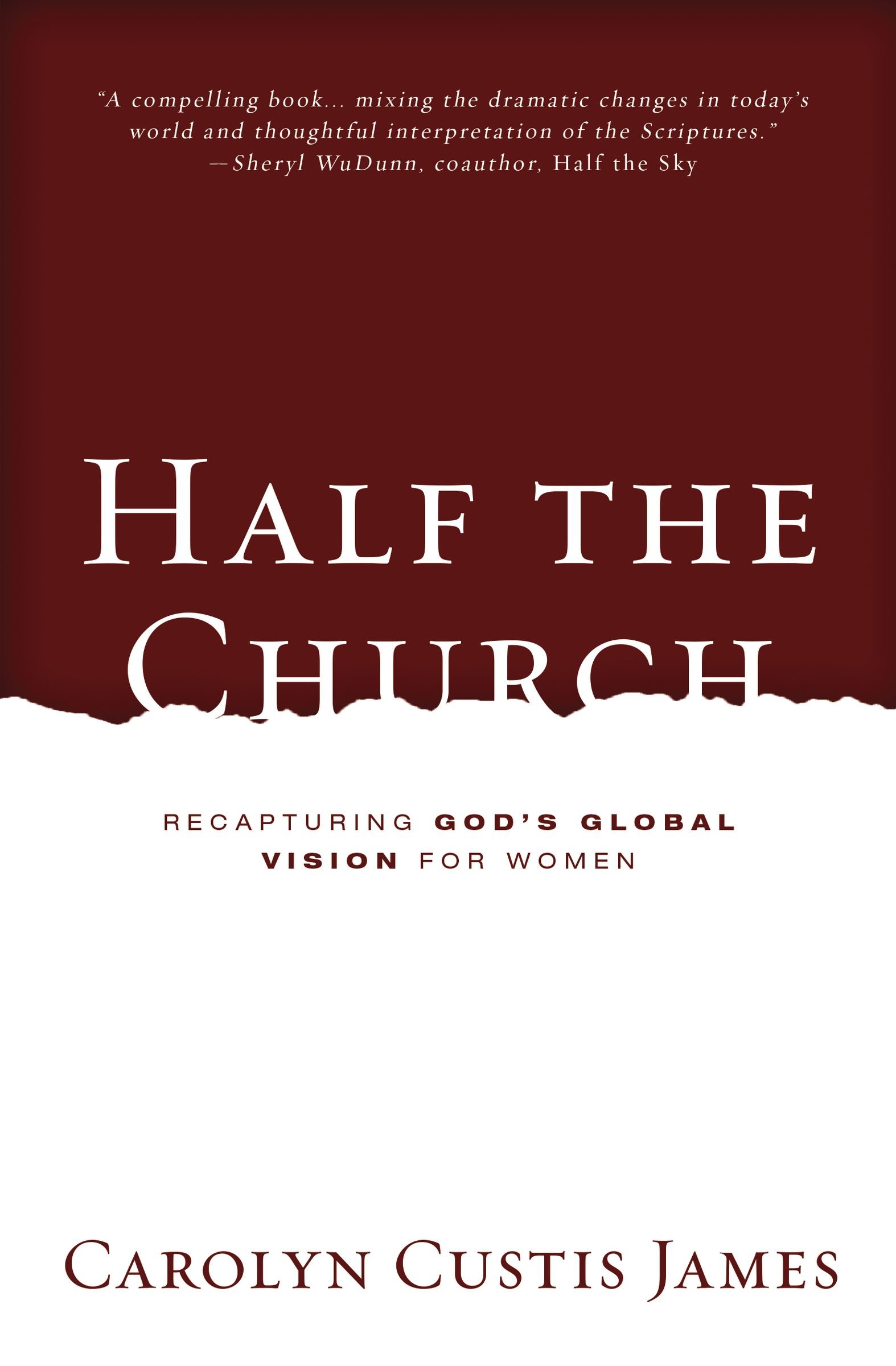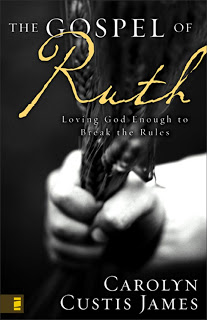
The moment the word “why” crosses your lips, you are doing theology.
—When Life and Beliefs Collide: How Knowing God Makes a Difference
It is sheer fiction to imagine that following Jesus means we can skate through life without stumbling over large and small disruptions. As Puritan pastor Samuel Rutherford reminded a suffering fellow pastor, and would doubtless say to those of us alive today, “It is folly to think to steal to heaven with a whole skin.”1
In the opening decades of this new millennium, we have all endured direct personal experience with powerful disruptive forces. The COVID-19 pandemic disrupted the whole planet, costing precious lives and sparking widespread divisions about immunization itself. Global climate patterns are changing, regardless of how you explain it. The Cold War between Russia and the West has suddenly re-emerged with Ukraine in the crosshairs. Issues of human rights, racial injustice, rising gas prices, global economic vacillations, porous national borders, and endless gun violence dominate daily media reports and spur new waves of divisiveness globally, nationally, within cherished relationships, and even inside the American church.
I have lived long enough to know from my own experience that disruptions can be global, cultural, and also deeply personal—sometimes all at once. I’ve had a good many personal disruptions in my own story, and suffice it to say, I have the scars to prove it. I’m also learning in hindsight that these unwelcome disruptions are significant markers in my journey with God that exposed flaws in my theology and drove me to ask questions I would otherwise never have asked. Disruptions shape our stories and our theology.
Redefining Theology
Let’s talk theology for a moment — what it is and is not. The word theology (mainly understood here as systematic theology) comes from two Greek words—theos (God) and logos (word, teaching, study). Theology is simply the contemplation of God. It is an ongoing, constantly developing human enterprise to understand God, his mission for this world, and how we are to live as his image bearers.
For better or worse, we are all theologians. What we believe about God—whether it is true or false, a little or a lot—is our theology.
For better or worse, we are all theologians. What we believe about God—whether it is true or false, a little or a lot—is our theology. CLICK TO TWEET
Tweet
Too often systematic theology is viewed as a process of determining divine essences and making logical deductions about God. But theology isn’t taxonomy, and God cannot be reduced to a bullet-point list of attributes, which is how a doctor knows you by your medical chart. The triune God is profoundly relational. One of the first things the Bible tells us about ourselves is that God created every human being to be his image bearer—making a relationship with himself our lifeline. True theology is intensely practical and relevant in every aspect of human life.
I have found Martin Bucer’s definition of theology especially valuable:
“True theology is not theoretical or speculative, but active and practical. For it is directed toward action, i.e., a godly life. . . . It is theology’s aim . . . that we shall ever more firmly trust in God and live a life that is increasingly holy and more serviceable in love toward our neighbor.”2
True theology necessarily requires humility. It is, and forever will be, unfinished business requiring constant repair, revision, and expansion. This never-ending human enterprise to know the God who created us inevitably compels us to admit we’ve all gotten some things wrong and have corrections to make.
Beware of those who believe their theological conclusions have God’s unique imprimatur.
Beware of those who believe their theological conclusions have God’s unique imprimatur. CLICK TO TWEET
Tweet
As painful and unsettling as disruptions can be, they challenge our understanding of what it means to follow Jesus and inevitably spill over into every dimension of life. Disruptions raise new questions for how Christians should think about contemporary issues such as abortion, same-sex marriage, gun rights, racism, social justice, immigration, poverty, and global warming. Again and again disruptions compel us to deconstruct and reconstruct our faith and to struggle with how to follow Jesus into the twenty-first century and to reflect our Creator’s heart for the world. They may even reshape our understanding of what it means to be an “evangelical.”
Divine Disruption
The Bible is not a textbook of systematic theology. Rather it is full of stories—real stories about individuals and larger stories about tribes and nations. There are also parables that may not be historical but are “true” stories nonetheless. These stories are a marvelous literary vehicle for revealing divine truth and wisdom. They contain a dynamic power that constantly generates new insights and applications in a world unimagined by the original human authors. These stories are designed to teach us more about God. In the process, they teach us a lot about ourselves.
The Bible is not a textbook of systematic theology. Rather it is full of stories—revealing divine truth and wisdom. They contain a dynamic power that constantly generates new insights and applications. CLICK TO TWEET
Tweet
In recent years, Naomi’s story (recorded in the book of Ruth) has been rightfully restored as a Job story.3 Like Job, Naomi’s story begins on a high note. She is introduced as a successful Israelite wife and mother of two sons. According to ancient patriarchy’s practice of determining a woman’s value by counting her sons, Naomi scores a respectable two.
But also like Job, Naomi suffers an avalanche of calamities that destroy everything that gave her life meaning and purpose. A prolonged and devastating famine drives her hungry family to become refugees in Moab (present-day Jordan)—accompanied with a precipitous drop in social status. From there, her life goes from bad to worse. Once in Moab, Naomi’s husband dies; her two sons marry pagan girls, who, after ten agonizing years without a pregnancy, are certifiably barren. Then, the deaths of both her sons leave Naomi decimated. In despair and desperation, she returns home to Bethlehem to run out the clock and die. Like Job, she cries out in distress and draws a straight line connecting the LORD to her losses:
“The LORD’s hand has turned against me. . . . the Almighty has made my life very bitter. I went away full, but the LORD has brought me back empty” (Ruth 1:13, 21; Job 6:4; 7:11, 16).
Ironically, Naomi’s return to Bethlehem in despair is the prelude to the real story. The centerpiece of Naomi’s losses is God’s hesed — a brand of love no English word quite captures. Hesed is a steadfast, voluntary, costly, sacrificial, never-ending love that defines God’s relationship to his people. Naomi is convinced that God has withdrawn his hesed. Yet in her darkest moments God’s hesed shows up in the bold initiatives and sacrificial actions of her immigrant daughter-in-law Ruth, who breathes new hope and purpose into Naomi’s story.
Hesed is a steadfast, voluntary, costly, sacrificial, never-ending love that defines God’s relationship to his people. CLICK TO TWEET
Tweet
Although Naomi did not seek it, she became the theologian of God’s hesed. Naomi raised Obed (the son Ruth gave her) on lessons she gleaned in the school of suffering, which Obed passed on to his son Jesse, who passed hesed on to his son David, Israel’s king. Hesed theology became a guiding light for King David who passed Naomi’s theology on to us when he wrote with confidence, “Surely goodness and hesed will follow me all the days of my life” (Psalm 23:6).
Naomi’s story can and will inspire deeper reflection about God for every new generation. It also sheds light on the redemptive power, value, and, indeed, necessity of disruptions.
Jesus the Disrupter
Jesus was the quintessential disruptor. He disrupted his family, his community, the Jewish faith, the Roman Empire, two thousand years and counting of human history. Jesus disrupted long-held Messianic convictions deeply embedded within the Jewish ethos, including his own disciples’ expectations. Jesus did not come to mount an armed political insurrection against the Roman occupiers. Yet, after three years as Jesus’ front-row students, even after his arrest, crucifixion, resurrection, his disciples were still asking, “Lord, are you at this time going to restore the kingdom to Israel?” (Acts 1:8).
Jesus disrupts our stories too. As a pastor’s daughter, I was taught God’s calling on me as a woman was to be a wife, mother, and volunteer Sunday School teacher in the church. Never did I imagine the disruptions, the heartache, and the course corrections I would experience. Looking back, I realize every painfully disruptive bump in the road, every question they provoked, and every misperception they exposed in what I believed about God, were ultimately life-giving insights I wouldn’t trade for anything, even if I didn’t know it at the time.
Please understand, I am in no way suggesting there’s a silver lining in our disruptions. Quite the opposite. Like grieving Sandy Hook and Gold Star parents, both Job and Naomi went to their graves in grief and with unanswered questions. But their unspeakable losses drove them to God in fierce new ways. Disruptions can create a crisis of faith that ultimately leads to deeper levels of trust in God.
Job and Naomi went to their graves in grief and with unanswered questions. But unspeakable losses drove them to God in fierce new ways. Disruptions can create a crisis of faith that ultimately leads to deeper levels of trust in God. CLICK TO TWEET
Tweet
In a Facebook post, my friend Pastor Danny Cox reflected on the redemptive impact of costly disruptions in his story:
“I live in a truer state of reliance upon God and learn to enter the mystery of God with a heart that is willing to be continually corrected, adjusted, molded, and shaped . . . that what I know today about God is probably not what I will know tomorrow.”4
More disruptions lie ahead, provoking new questions and issues unknown to previous generations. We may not find a Bible verse to settle every contemporary issue or heartache facing us. But we have Jesus’ example and the Spirit’s presence within our souls to accompany us on our journey and to remind us that disruptions are redemptive.
For further reading:
- When Life and Beliefs Collide: How Knowing God Makes a Difference
- The Gospel of Ruth: Loving God Enough to Break the Rules
- Finding God in the Margins: The Book of Ruth
1 Samuel Rutherford, Letters of Samuel Rutherford, (Edinburgh: Banner of Truth, 1973), 69.
2 Bucer was a sixteenth-century Protestant reformer. See H.J. Selderhuis, Marriage and Divorce in the Thought of Martin Bucer, Sixteenth Century Essays and Studies, Vol. XLVIII, (Kirksville, Missouri, Thomas Jefferson University Press, Truman State University, 1999), p. 356.
3 The Literary Approach or Rhetorical Method was a mid-twentieth-century breakthrough in biblical studies. It involves analyzing biblical narratives as literature—identifying perspective, conflict, plot, character development, key themes, etc.—story elements you learned in high school literature class. It also illumines the artistry of biblical narratives that English translations obscure. One more power-tool to help us unearth greater riches from the Bible. To learn more, read: Robert Alter, The Art of Biblical Narrative, (New York: Basic Books), 2011, and Adele Berlin, Poetics and Interpretation of Biblical Narrative,(Winona Lake, Indiana, Eisenbrauns), 1994.
4 Danny Cox, Facebook, October 21, 2022.

Originally published at MissioAlliance.org






























